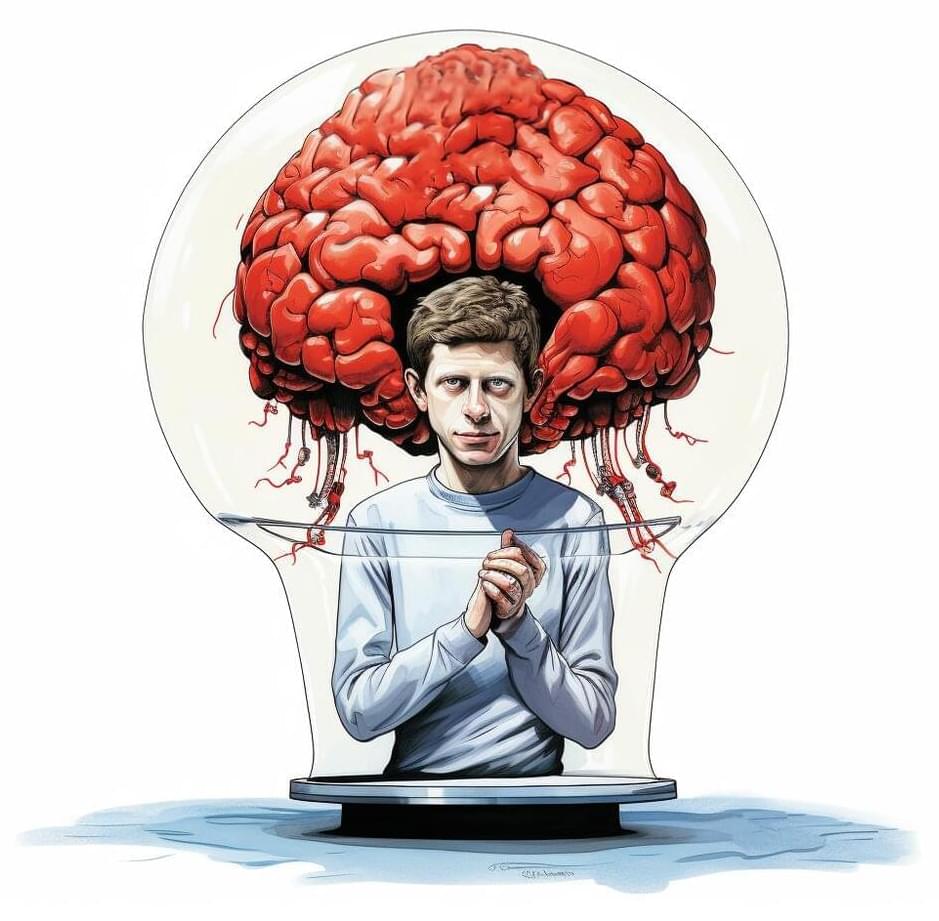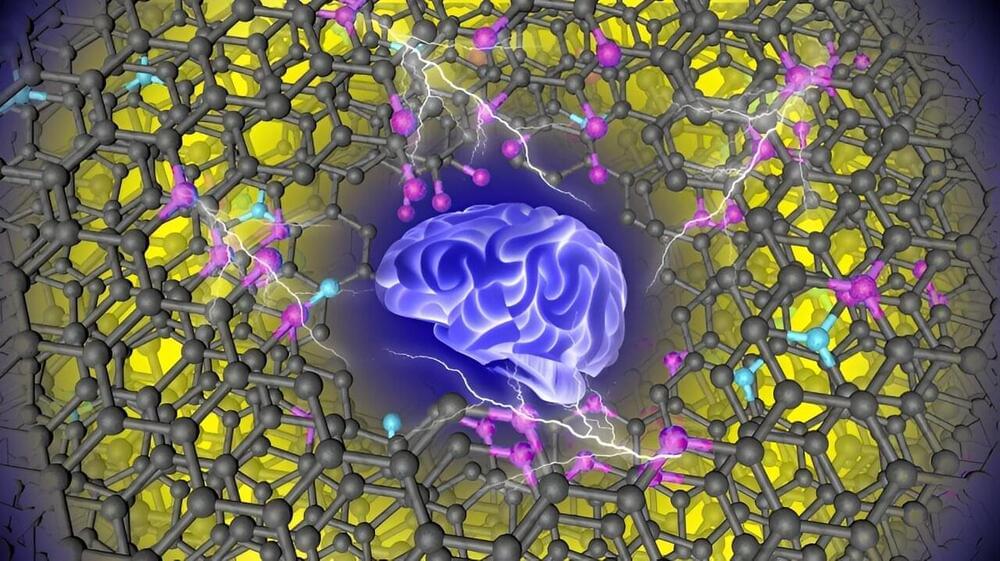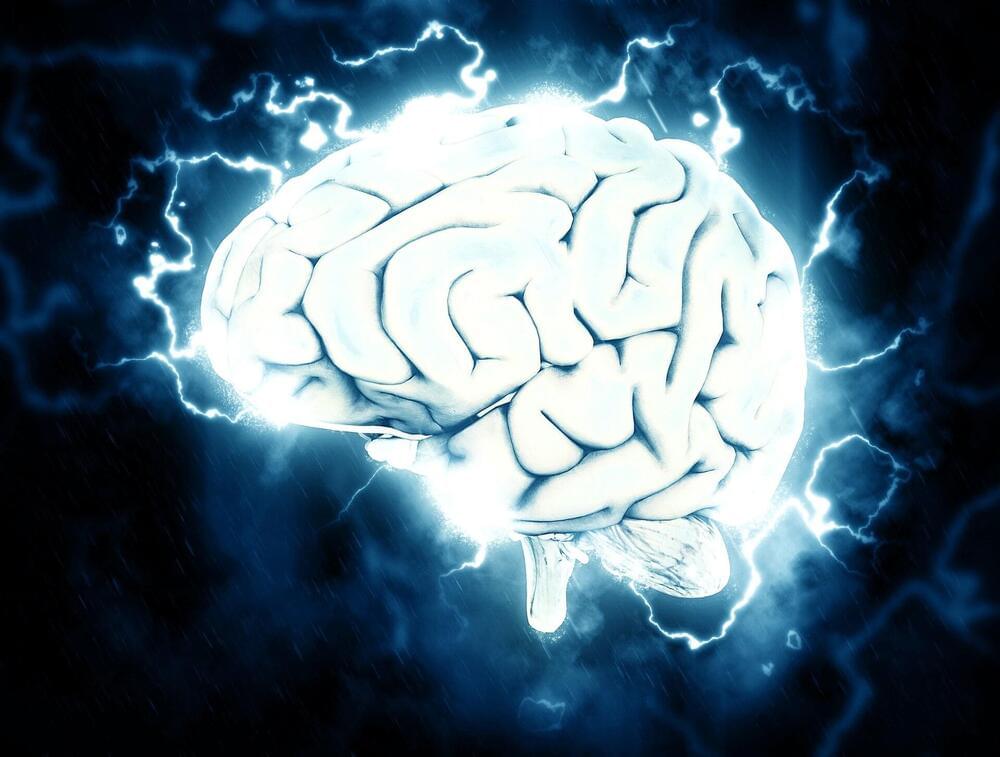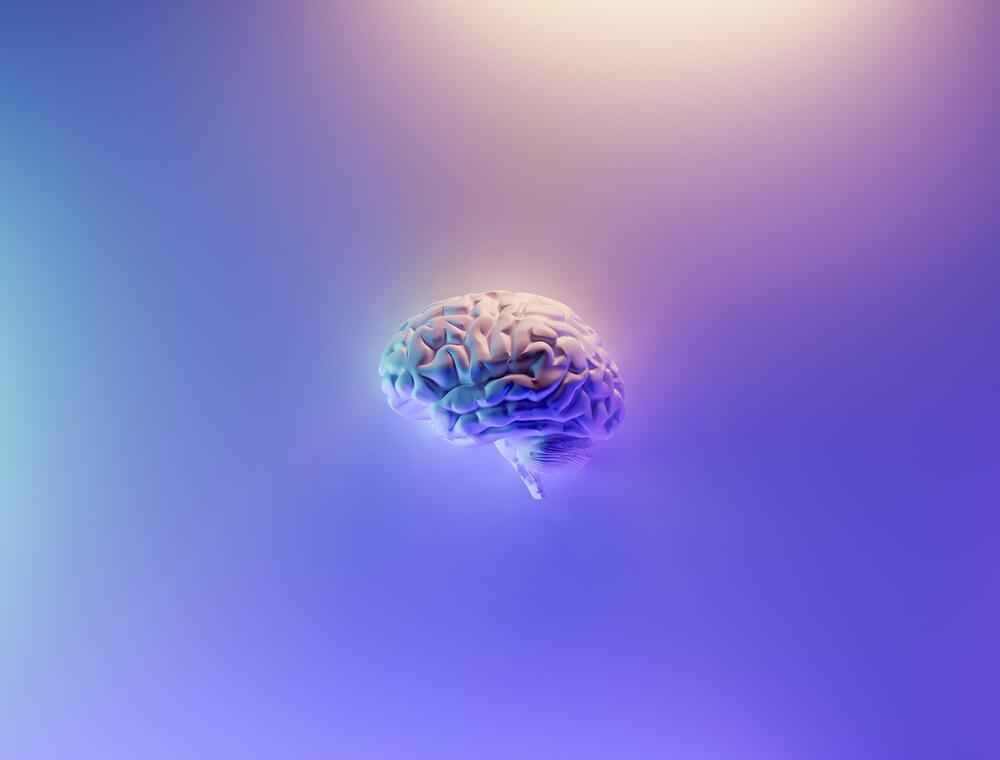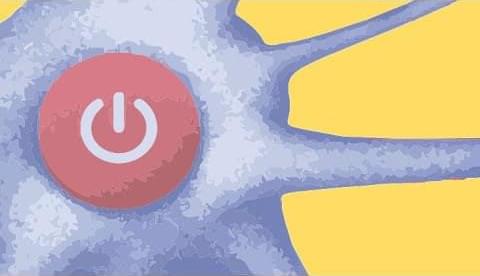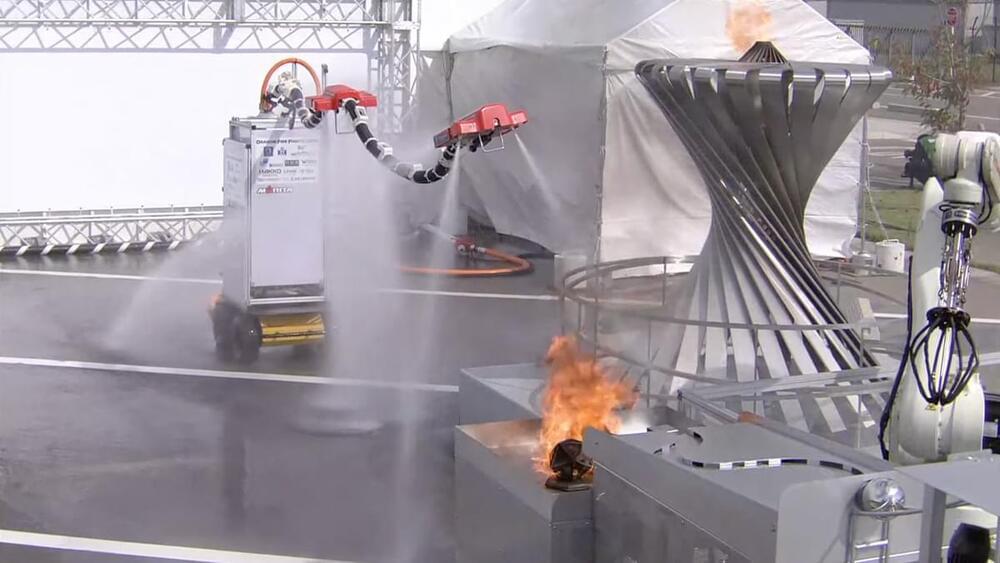Recent observations of an aging, alien planetary system are helping to answer the question: What will happen to our planet when the sun dies?
Earlier this year, OpenAI’s CEO Sam Altman sent the tech world into a frenzy with a five-word Reddit post: “AGI has been achieved internally.”
AGI stands for Artificial General Intelligence. It’s the holy grail of AI research. Essentially, true AGI would be a brain-like intelligence capable of reasoning, creative thought, and perhaps even consciousness.
Altman posting about achieving AGI was a huge deal — it would be akin in its importance to a top scientist posting “Fusion works,” or Donald Trump posting “I’m not running.”
Guided by machine learning, chemists at the Department of Energy’s Oak Ridge National Laboratory designed a record-setting carbonaceous supercapacitor material that stores four times more energy than the best commercial material. A supercapacitor made with the new material could store more energy—improving regenerative brakes, power electronics and auxiliary power supplies.
“By combining a data-driven method and our research experience, we created a carbon material with enhanced physicochemical and electrochemical properties that pushed the boundary of energy storage for carbon supercapacitors to the next level,” said chemist Tao Wang of ORNL and the University of Tennessee, Knoxville.
Wang led the study, titled “Machine-learning-assisted material discovery of oxygen-rich highly porous carbon active materials for aqueous supercapacitor” and published in Nature Communications, with chemist Sheng Dai of ORNL and UTK.
Sky News Investigations Reporter Jonathan Lea sits down to talk with a “free-thinking” and “opinionated” artificial intelligence, Ameca Desktop.
“Ameca is driven by the same artificial intelligence behind Chat-GPT,” Mr Lea said.
Join us on Patreon! https://www.patreon.com/MichaelLustgartenPhDDiscount Links: NAD+ Quantification: https://www.jinfiniti.com/intracellular-nad-test/Use Cod…
Scientists have established how the activity of our brain during imaginary movement differs from that during real action. It turns out that in both cases, a previous signal occurs in the cerebral cortex, but with an imaginary movement, it does not have a clear link to a specific hemisphere.
The obtained data can potentially be used in medical practice to create neuro trainers and control the restoration of neural networks in post-stroke patients. The results of the study are published in the journal Cerebral Cortex.
Before we pick up a pen or put down a cup, a complete picture of this action is formed in the brain. Such visual–motor transformations ensure the accuracy of our movements. Knowing about these mechanisms helps patients to restore motor activity after strokes. But we don’t always finish the movement we started. In this case, visual information enters the motor areas of the cortex responsible for movement, but the start of the reaction is blocked at some point, and mental effort does not end with real muscle activation.
Primates are among the most intelligent creatures with distinct cognitive abilities. Their brains are relatively large in relation to their body stature and have a complex structure. However, how the brain has developed over the course of evolution and which genes are responsible for the high cognitive abilities is still largely unclear. The better our understanding of the role of genes in brain development, the more likely it will be that we will be able to develop treatments for serious brain diseases.
Researchers are approaching these questions by knocking out or activating individual genes and thus drawing conclusions about their role in brain development. To avoid animal experiments as far as possible, brain organoids are used as an alternative. These three-dimensional cell structures, which are only a few millimeters in size, reflect different stages of brain development and can be genetically modified. However, such modifications are usually very complex, lengthy and costly.
Researchers at the German Primate Center (DPZ)—Leibniz Institute for Primate Research in Göttingen have now succeeded in genetically manipulating brain organoids quickly and effectively. The procedure requires only a few days instead of the usual several months and can be used for organoids of different primate species. The brain organoids thus enable comparative studies of the function of genes at early stages of brain development in primates and help to better understand neurological diseases.
Optogenetics 2020 Webinar
Posted in genetics
Full Video of the NeuroTechnolgy Center at Columbia University’s Optogenetics 2020 WebinarQ&A Transcript: tinyurl.com/yajfeozsTable of Contents:00:00:00 — In…
Microsoft has big plans for generative AI in gaming, and its recent Xbox partnership with Inworld AI is a key example.
Non-playable characters in video games play key roles but stick to stiff scripts. Gen AI should open up their minds and your gaming world experience.
Think of it like a flying Blastoise robot that could be ready for action in the next decade.

